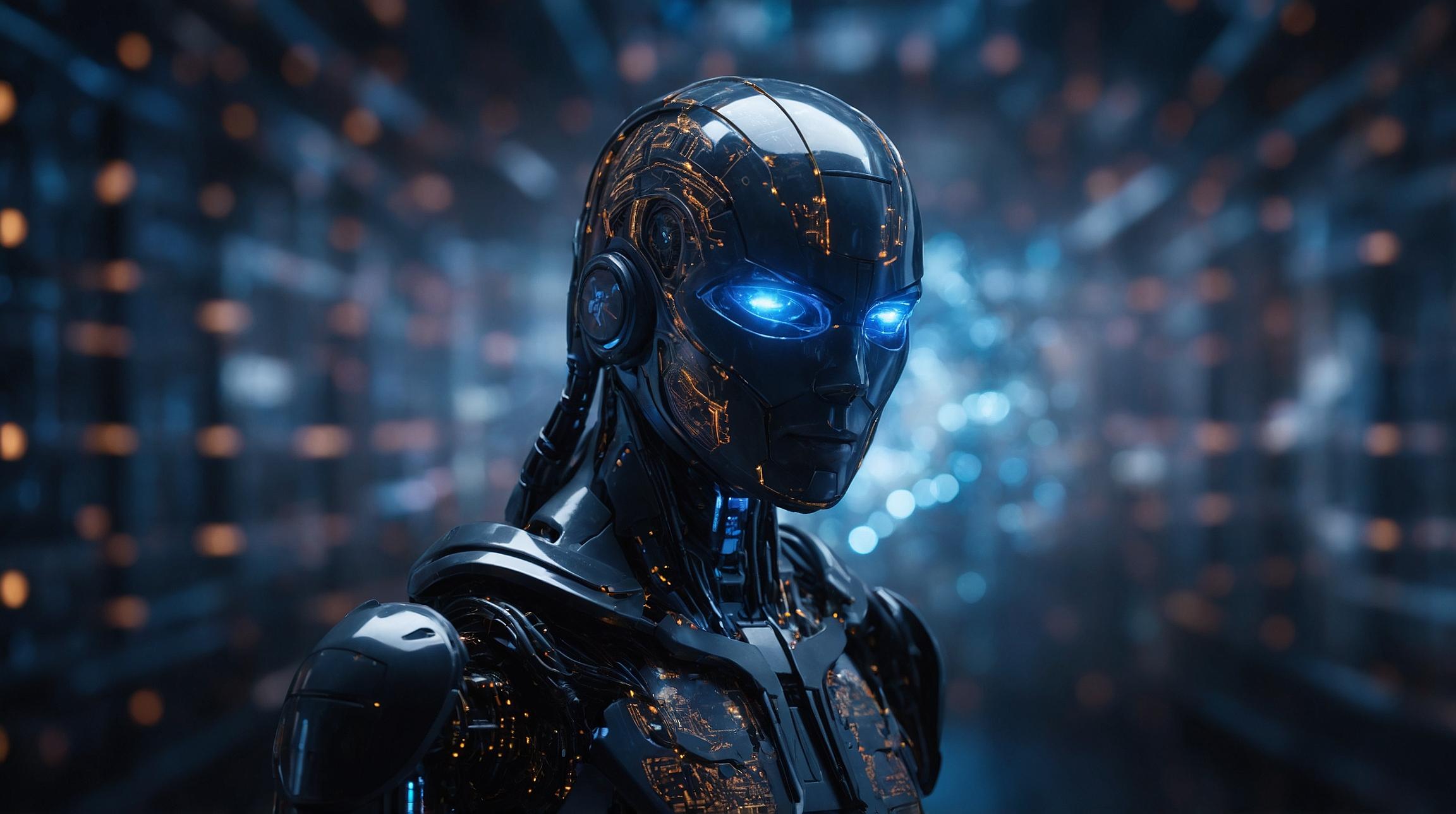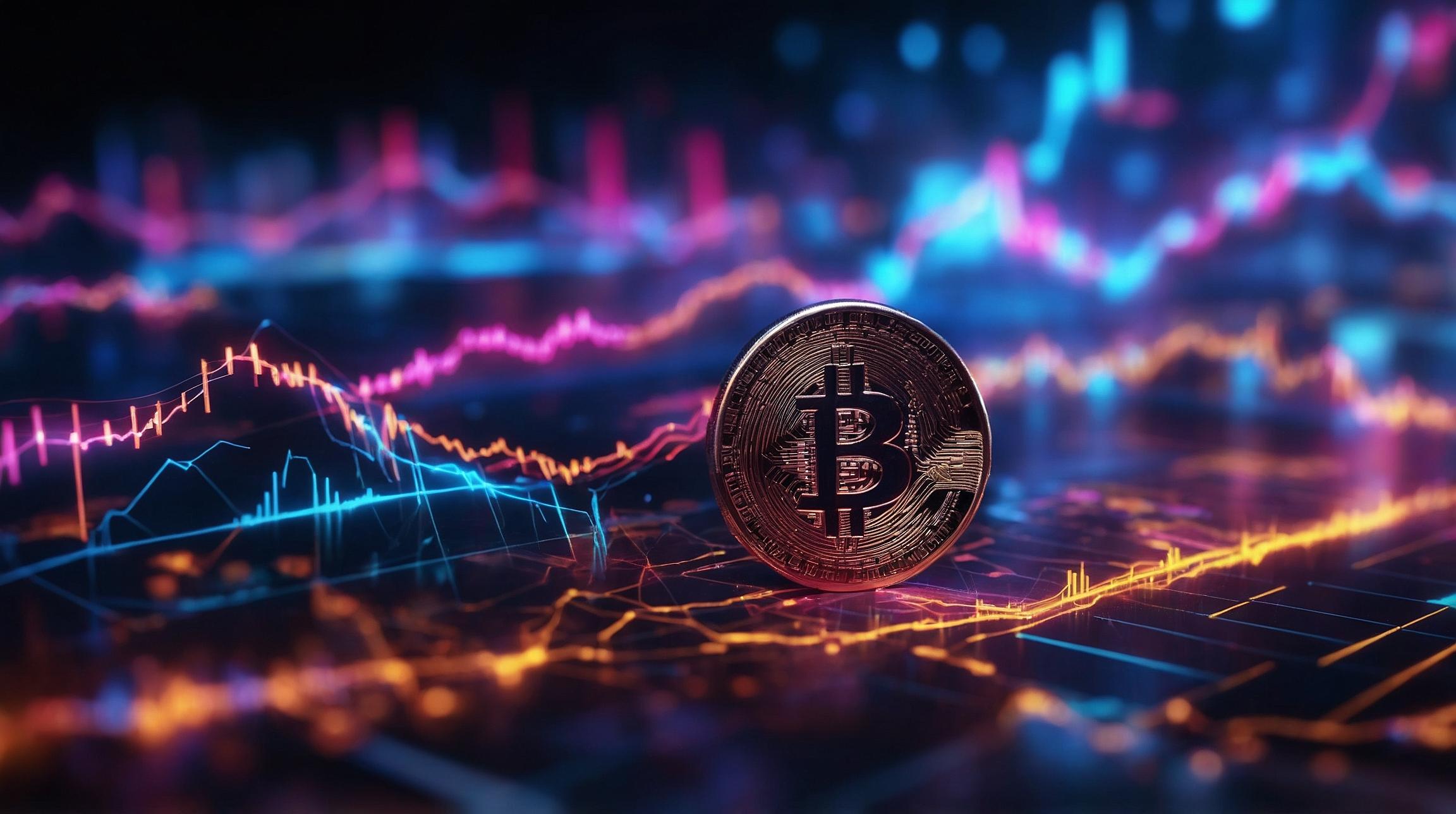Face Recognition Technology: A Threat to Privacy and Civil Liberties
The rise of face recognition technology has raised serious concerns about privacy and civil liberties, as highlighted by recent cases of wrongful accusations and arrests. This article explores the implications of this technology, tracing its historical roots and examining its impact on marginalized communities. It also delves into the biases present in face recognition algorithms and the potential risks associated with its widespread use.
The Inaccuracy of Facial Recognition Technology and Its Discriminatory Bias
In several high-profile cases, face recognition technology has led to the wrongful identification and subsequent arrest of innocent individuals. The authorities’ heavy reliance on this technology without proper verification procedures has resulted in devastating consequences for the wrongly accused. Moreover, studies have shown that facial recognition algorithms are significantly more likely to misidentify Black and Asian individuals compared to white individuals. This racial bias underscores the inherent flaws in these systems and raises concerns about the disproportionate targeting of marginalized communities.
The Historical Context: Biometric Surveillance and the Quest for Control
The use of unique physical characteristics to identify individuals is not a new concept. Face recognition technology is simply the latest iteration of a long history of biometric surveillance. From fingerprints to passport photos, various technologies have been employed by authorities to monitor individuals and restrict their movements. This historical context sheds light on the intentions behind face recognition technology and the overarching goal of determining who can freely navigate borders and boundaries.
The Erosion of Privacy and Increased Surveillance
As face recognition technology becomes more accurate and efficient, it poses significant threats to privacy and personal freedoms. The system converts captured faces into data points, which are then compared against a database of stored images. This process implicates individuals in a comprehensive system of surveillance, where every photo shared or taken can add to the vast network of personal data. The implications of this technology are far-reaching, reaching beyond law enforcement applications and extending into everyday interactions.
The Problem of Technological Biases in Facial Recognition
While advancements in face recognition technology have reduced error rates, biases remain deeply ingrained within the systems themselves. The databases used for comparison often contain predominantly white faces, leading to racially skewed false positives. This discriminatory aspect of facial recognition technology further underscores the unequal treatment and targeting of already marginalized communities. The technology’s lack of neutrality highlights the need for ongoing scrutiny and regulation to prevent further harm.
Face Recognition Technology as the Latest Link in a Chain of Tracking and Sorting
Face recognition technology is not an isolated development but rather a continuation of historical systems of tracking and identification. The use of bodily features as identifiers dates back to the discredited practice of physiognomy in the 18th century. This framework was later adopted by criminal justice systems for surveillance and control purposes. The integration of photos into passports in the early 20th century further solidified the connection between face recognition and border patrol. Understanding this historical context highlights the long-standing quest for control and how facial recognition is the latest tool in this endeavor.
The Ubiquity of Face Recognition Technology: Privacy Invasion for Profit
Face recognition technology is no longer limited to law enforcement applications but has permeated various aspects of society. From unlocking phones to promotional store kiosks, individuals’ faces are continually captured and stored in databases for commercial purposes. This widespread adoption of the technology raises concerns about the erosion of privacy and the potential for exploitation. Furthermore, these systems disproportionately target those deemed to be at a higher risk by societal biases, exacerbating existing structural inequalities.
Analyst comment
Negative news. Market impact: The rise of concerns about privacy and civil liberties with face recognition technology may lead to increased scrutiny and regulation, potentially impacting companies developing and utilizing this technology. Public perception may lead to decreased adoption and trust in facial recognition, affecting market demand.













